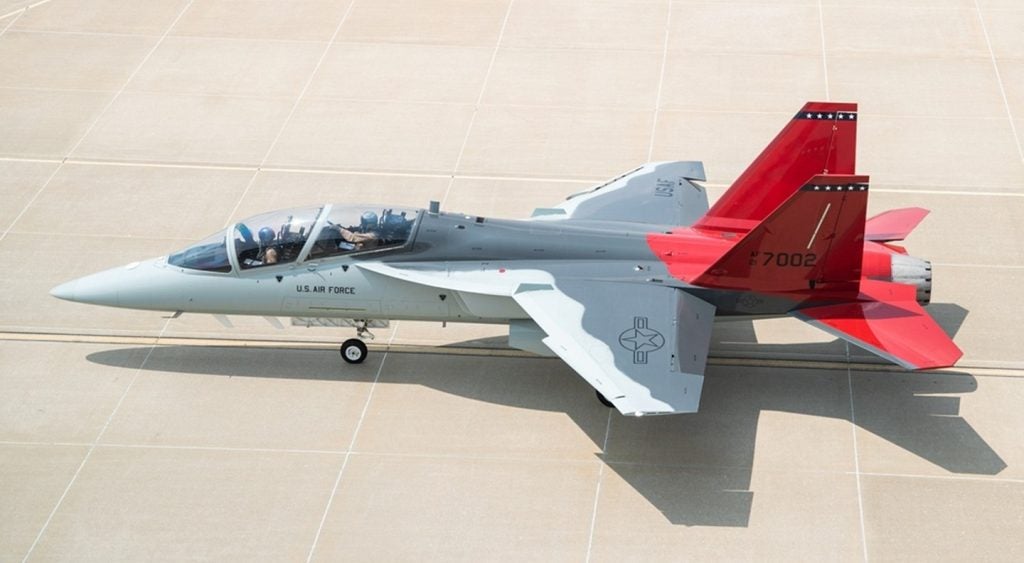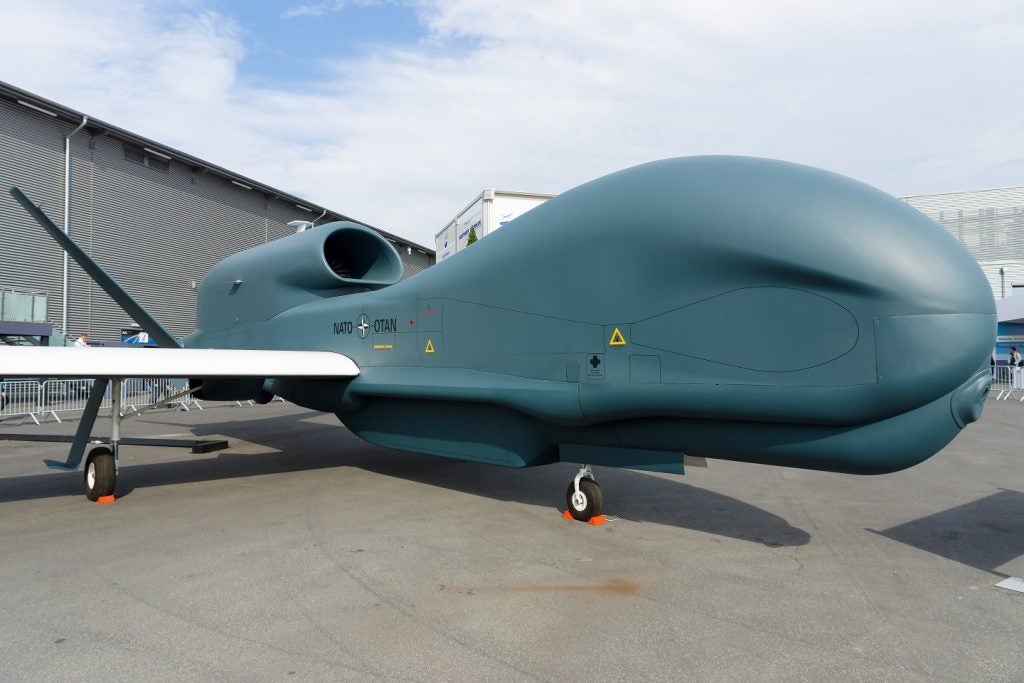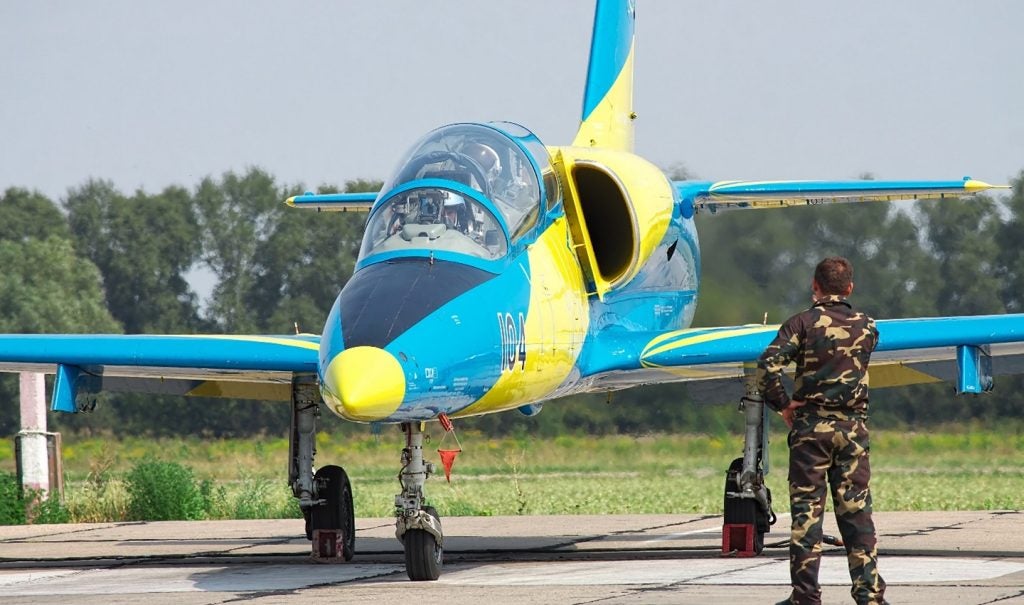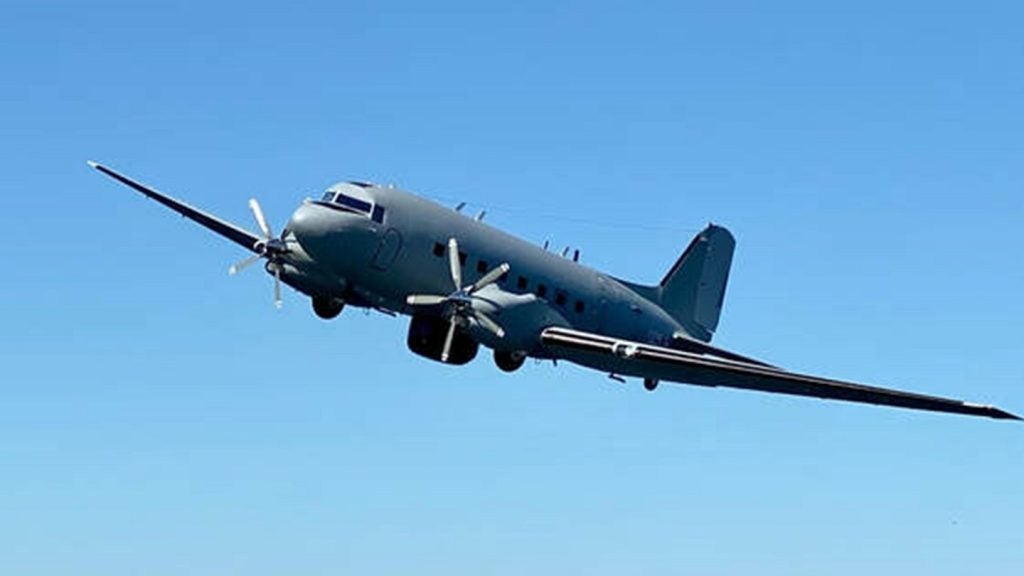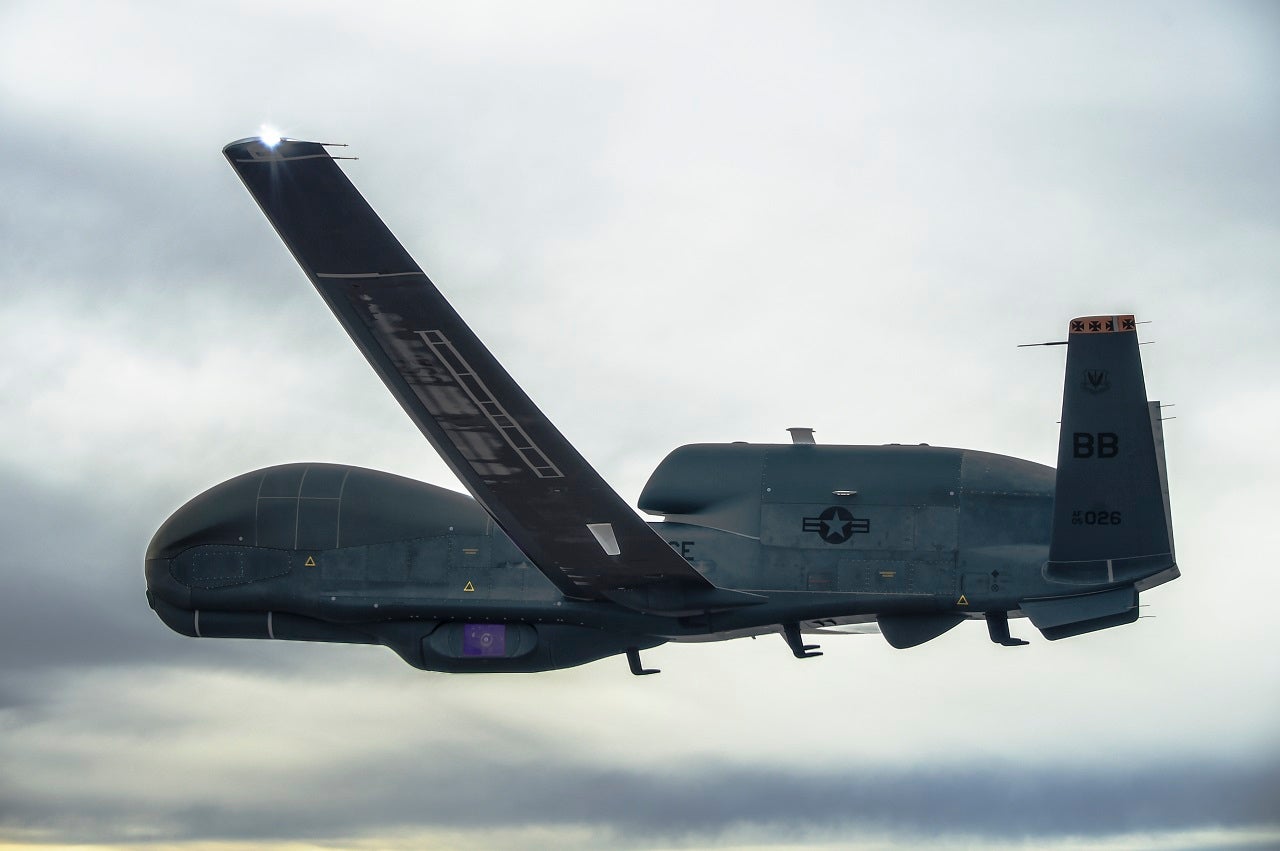
Northrop Grumman has supplied new MS-177 and upgraded AN/ASQ-230 sensors to increase the capabilities of its Global Hawk aircraft system.
The MS-177 multispectral camera system offers additional high-definition imaging capabilities for users.
Additionally, the second capability is the first implementation of increment 1 upgraded AN/ASQ-230 system on the Global Hawk high-altitude long-endurance autonomous aircraft to address expanded electronic threats.
The MS-177 camera system delivers multiple channels of intelligence collection in both, visible and infrared bands, as well as improves the capacity of multi-spectral imaging.
Along with the Global Hawk platform, the system can provide collection coverage in areas that are difficult to reach otherwise.
The implementation of AN/ASQ-230 Increment 1 increases support of the aircraft against electronic threats.
How well do you really know your competitors?
Access the most comprehensive Company Profiles on the market, powered by GlobalData. Save hours of research. Gain competitive edge.

Thank you!
Your download email will arrive shortly
Not ready to buy yet? Download a free sample
We are confident about the unique quality of our Company Profiles. However, we want you to make the most beneficial decision for your business, so we offer a free sample that you can download by submitting the below form
By GlobalDataNorthrop Grumman Global Hawk vice-president Leslie Smith said: “Ongoing improvements to Global Hawk underscore Northrop Grumman’s commitment to the United States Air Force’s ISR mission and reducing costs through agile development and leveraged solutions.
“New and improved payloads flying on our young, yet proven fleet of aircraft will allow our partners to deploy high value, networked assets to monitor adversaries while not risking the lives of military personnel well into the 2040s.”
Global Hawk provides autonomy, range, endurance and payload along with an average aircraft age of fewer than nine years. It is said to benefit domestic and international customers who have important ISR collection needs.
In June, the US Air Force’s (USAF) RQ-4 Global Hawks returned to Yokota Air Force Base (AFB) in Japan from Andersen AFB in Guam.
Last January, Raytheon Company received a contract to maintain and modernise both hardware and software of the ground control systems and on-board sensors used by the USAF fleet of RQ-4 Global Hawk remotely piloted aircraft.



